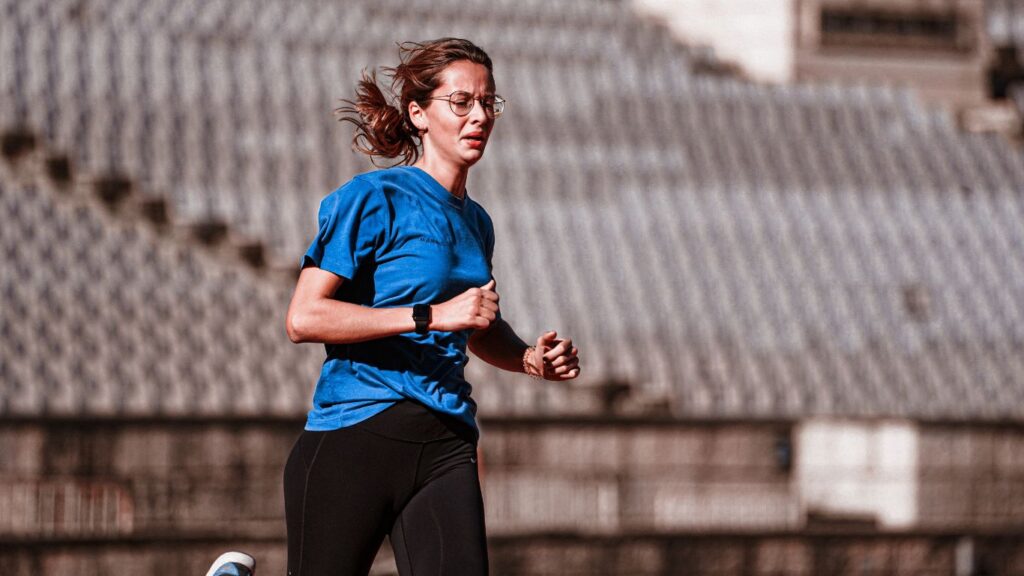Running is one of the most efficient exercises for weight loss. It’s not only a high-calorie burner, but it also strengthens your cardiovascular system, tones your muscles, and boosts your mental health. However, like any fitness endeavor, to see the best results, it’s important to approach running with a strategy. Here’s how you can make the most out of your running routine to lose weight effectively.
Running for Weight Loss: Tips to Maximize Your Results
Consistency is Key
When it comes to running for weight loss, consistency matters more than intensity. Running once or twice a week won’t deliver the same results as a regular, structured routine. Try to run at least 3 to 4 times a week to keep your metabolism active and your body in fat-burning mode.
A great way to stay consistent is by scheduling your runs just like you would any other important activity. Make running a part of your weekly routine, and you’ll be more likely to stick with it. Over time, your body will adapt to the regular exercise, making it easier to burn calories and shed pounds.
Incorporate Interval Training
While long, steady runs are beneficial, they aren’t always the most effective method for fat loss. Interval training, which involves alternating between high-intensity running and periods of rest or slow jogging, is proven to accelerate fat loss. This type of workout is more intense, helping you burn more calories in a shorter amount of time.
For example, sprint for 30 seconds and then jog slowly for 1 to 2 minutes to recover. Repeat this for about 20 to 30 minutes. The alternating intensity increases your heart rate and keeps it elevated even after the workout, which leads to more calories burned throughout the day, a phenomenon known as the afterburn effect.
Vary Your Running Terrain

One of the most effective ways to challenge your body and prevent workout plateaus is by varying your running terrain. Running on flat surfaces is great for building endurance, but incorporating hills and trails can increase the intensity of your workouts and activate different muscles, especially in your legs and core.
Hills, in particular, are excellent for weight loss because they require more effort, which burns more calories in less time. Additionally, the uneven terrain of trails can improve your balance and strengthen stabilizing muscles that aren’t typically used on flat surfaces.
Monitor Your Diet
While running burns calories, it’s important to remember that weight loss is also influenced by your diet. No amount of running can outdo a poor diet, so it’s essential to fuel your body with the right nutrients. Focus on a balanced diet rich in whole foods, including lean proteins, healthy fats, vegetables, fruits, and complex carbohydrates.
Avoid processed foods, sugary drinks, and excessive calorie intake, even if you’re feeling extra hungry after a run. Post-run hunger is normal due to the energy you’ve expended, but opt for healthy snacks like a banana with peanut butter, a handful of nuts, or a protein shake to help refuel your muscles.
Hydrate Properly
Proper hydration is often overlooked but is crucial when running for weight loss. Water helps to regulate your body temperature, transport nutrients, and support muscle recovery. Running, especially in warm weather, can cause significant fluid loss, which needs to be replenished to maintain optimal performance.
Dehydration can slow down your metabolism and hinder weight loss progress. Make sure to drink water before, during (for longer runs), and after your workout. Electrolyte drinks may also be beneficial after intense or long runs to replenish minerals lost through sweat.
Listen to Your Body
It’s important to challenge yourself when running for weight loss, but pushing too hard can lead to injury, which can derail your progress. Pay attention to your body’s signals. If you feel pain, fatigue, or dizziness, take a break or switch to a less strenuous workout like walking or cycling for that day.
Overtraining can also lead to burnout and make you more prone to injuries such as shin splints, runner’s knee, or stress fractures. Rest days are crucial for recovery and muscle rebuilding. Aim for at least one or two rest days each week to give your body the time it needs to heal and strengthen.
Track Your Progress

Tracking your progress can be incredibly motivating and help you stay on track with your weight loss goals. You can monitor various metrics such as your running distance, time, pace, and calories burned using a fitness tracker or smartphone app.
Additionally, keep a log of how you feel during and after each run, any improvements in your endurance or speed, and changes in your weight or body measurements. Seeing your progress over time can be a great way to stay motivated and recognize how far you’ve come.
Set Realistic Goals
Finally, setting realistic and achievable goals is key to staying motivated on your weight loss journey. Weight loss takes time, and expecting drastic changes overnight can lead to disappointment. Instead, focus on small, manageable goals such as increasing your running distance, improving your pace, or losing 1-2 pounds per week.
Celebrate these milestones and remember that running is not just a means to lose weight, but also to improve your overall health and well-being.
Conclusion
Running is an excellent tool for weight loss, but to maximize your results, consistency, proper technique, and a healthy diet are essential. By incorporating interval training, varying your terrain, tracking your progress, and listening to your body, you’ll be well on your way to achieving your fitness and weight loss goals. Keep in mind that weight loss is a gradual process, so stay patient and enjoy the journey toward a healthier you.
Also read: Running vs. Weight Lifting: Finding the Best Path to Endurance
